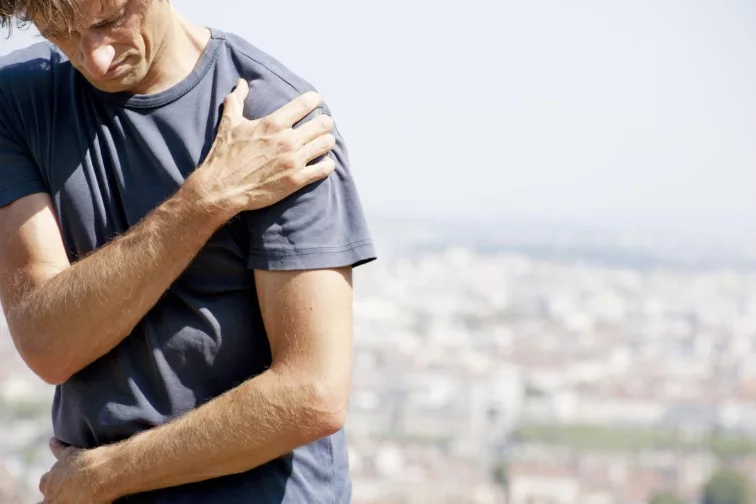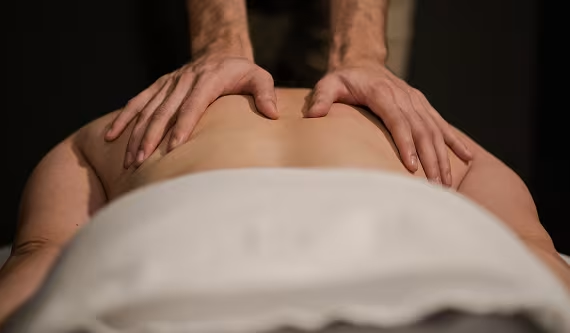Archery: A Balance of Strength, Technique, and Precision
Archery is more than just precision—it’s a full-body experience that demands strength, control, and endurance. For active individuals in Edmonton and Sherwood Park, archery offers a unique way to stay fit while connecting with a time-honored sport. But even experienced archers aren’t immune to strain. Improper technique, repetitive movements, or muscle imbalances can lead to archery muscles injuries that affect performance and increase the risk of long-term damage.
In this guide, we’ll share essential archery muscles injuries treatment tips to help you recover effectively and reduce your risk of future issues. Learn how to strengthen key muscle groups, improve form, and implement recovery strategies that keep you shooting strong—whether you’re at the range or in competition.
Key Muscles for Archery and How to Strengthen Them
Success in archery relies heavily on the synergy of specific muscle groups. Strengthening these areas not only boosts your performance but also minimizes the risk of injury.
Primary Archery Muscles:
- Shoulder Muscles: Essential for drawing the bowstring. Incorporate exercises like shoulder presses, lateral raises, and rotator cuff strengthening routines.
- Back Muscles: Key for maintaining stability and power. Focus on pull-ups, bent-over rows, and resistance band exercises.
- Chest Muscles: Contribute to overall control. Push-ups and chest presses are excellent additions to your workout.
- Arm Muscles: The biceps and triceps work in tandem during aiming and release. Use bicep curls, tricep dips, and hammer curls.
- Core Muscles: Vital for balance and posture. Engage in planks, Russian twists, and leg raises to strengthen your core.

Common Archery Injuries and Prevention Tips
While archery is a low-impact activity, it’s not without risks. Here are common injuries and ways to prevent them:
1. Shoulder Strain
- Cause: Overuse or improper form.
- Prevention: Warm up thoroughly, use the correct bow weight, and practice proper technique.
- Treatment: Rest, apply ice, and perform gentle stretches.
2. Elbow Tendonitis
- Cause: Repetitive strain on the elbow joint.
- Prevention: Avoid overtraining and ensure your bow grip is ergonomic.
- Treatment: Use a brace for support and engage in physical therapy exercises.
3. Wrist Pain
- Cause: Incorrect grip or excessive force.
- Prevention: Use a properly fitted bow and maintain a relaxed grip.
- Treatment: Rest and apply a cold compress as needed.
4. Lower Back Discomfort
- Cause: Poor posture or overcompensation.
- Prevention: Strengthen your core muscles and focus on alignment.
- Treatment: Stretch and strengthen your back with yoga or pilates.
For more information on preventing and treating sports-related injuries, visit the American Chiropractic Association’s Sports Injury Guide.
Improving Archery Technique: Steps to Enhance Performance
Perfecting your archery technique not only improves accuracy but also reduces strain on your body. Follow these actionable steps:
- Master the Stance:
- Stand shoulder-width apart with your weight evenly distributed.
- Keep your torso upright and engage your core for stability.
- Focus on Grip:
- Use a relaxed, natural grip to avoid unnecessary tension.
- Ensure the bow’s pressure point aligns with your palm.
- Perfect the Draw:
- Draw the bowstring smoothly while keeping your shoulder blades engaged.
- Avoid hunching your shoulders to prevent strain.
- Anchor Consistently:
- Place your hand at the same anchor point (e.g., corner of the mouth) every time for precision.
- Follow Through:
- Maintain your form after releasing the arrow to ensure a consistent shot.
For further support in addressing muscle imbalances, consider exploring deep tissue massage services or sports massage therapy to enhance recovery.
Recovery and Rehabilitation for Archery Injuries
If you experience an injury, prioritizing recovery is crucial to getting back on track.
Rest and Recovery Strategies:
- Rest: Avoid activities that exacerbate pain.
- Ice Therapy: Apply ice for 15-20 minutes to reduce inflammation.
- Stretching: Gentle stretches can improve flexibility and prevent stiffness.
- Massage Therapy: Visit Sherwood Park Massage for expert therapeutic care tailored to active individuals.
Essential Safety Gear for Archers
Investing in proper safety gear protects you from avoidable injuries. Consider these essentials:
- Armguards: Shield your forearm from string slap.
- Finger Tabs: Prevent blisters and abrasions on your fingers.
- Chest Guards: Protect your torso from bowstring impact.
- Bow Accessories: Use a well-maintained bow and arrows suited to your skill level.
Your Path to Archery Excellence
With the right preparation and care, archery can be a fulfilling and injury-free experience. Strengthen your muscles, perfect your technique, and don’t hesitate to seek professional care for recovery or injury prevention.




